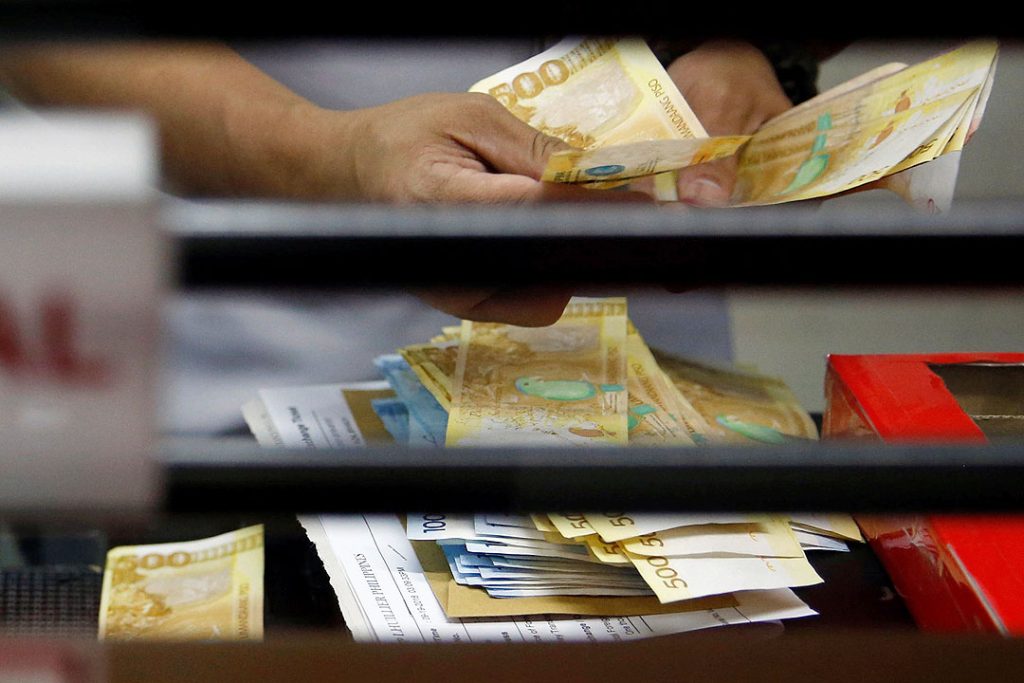In times of financial hardship, meeting loan obligations can become a challenging task. The stress of making timely payments can add to the burden, making it difficult to stay afloat. This is where loan grace periods come to the rescue. Understanding what a grace period is and how it works can be crucial in managing your finances during tough times. In this article, we’ll delve into the concept of loan grace periods and explore the different options available to borrowers.
Understanding Loan Grace Periods
What is a Grace Period?
A loan grace period refers to a specific amount of time provided by lenders during which borrowers can delay making their payments without incurring penalties. It serves as a buffer for borrowers facing financial difficulties, offering some breathing room to get back on track.
How does it work?
Typically, during the grace period, borrowers are not charged late fees or reported to credit bureaus for missing payments. The duration of the grace period varies depending on the type of loan and the lender’s policies.
Importance of Grace Periods
Grace periods provide borrowers with a safety net during temporary financial setbacks. They can be a lifeline, especially during unforeseen circumstances such as a job loss, illness, or natural disaster.
Types of Loans with Grace Periods

Student Loans
Many student loans offer a grace period that starts after graduation or when the borrower drops below half-time enrollment. This period usually lasts six months, giving graduates time to find employment before they must start repaying their loans.
Mortgages
Mortgage lenders often provide a grace period of around 15 days. During this time, borrowers can make their monthly mortgage payments without facing late charges.
Personal Loans
Personal loans may also come with grace periods, which can vary from one lender to another. Borrowers should always check the loan agreement to determine if a grace period is available.
Credit Cards
Some credit card companies offer a grace period for credit cardholders. If the balance is paid in full by the due date, no interest is charged during this grace period.
Navigating Through Financial Hardships
Job Loss
Losing a job can be devastating for your finances. If you find yourself unemployed, communicate with your lenders immediately and explore your options, such as utilizing the grace period or requesting loan forbearance.
Medical Emergencies
Medical emergencies can lead to unexpected expenses. During such times, grace periods can be valuable in helping you manage medical bills and other financial obligations.
Natural Disasters
Natural disasters can cause significant financial disruptions. Having a grace period in place can provide some relief while you recover and rebuild after the disaster.
Advantages and Disadvantages of Grace Periods

Pros of Grace Periods:
- Flexibility during financial hardships
- Avoidance of late fees and penalties
- Time to find a sustainable financial solution
Cons of Grace Periods:
Accrued interest during the grace period
Potential impact on credit score if not used wisely
How to Utilize Grace Periods Wisely
Communicate with Lenders
If you anticipate difficulties in making loan payments, don’t hesitate to contact your lenders. They may be able to offer alternative arrangements.
Review Terms and Conditions
Understand the specific terms and conditions of the grace period for each loan. Some loans may have restrictions on its usage.
Budget Planning
Use the grace period as an opportunity to reassess your budget and prioritize expenses.
Alternatives to Grace Periods
Loan Forbearance
Loan forbearance allows borrowers to temporarily suspend or reduce their loan payments during financial hardship.
Debt Consolidation
Debt consolidation can simplify payments by combining multiple debts into a single loan.
Refinancing
Refinancing allows borrowers to replace existing loans with new ones that have better terms and interest rates.

